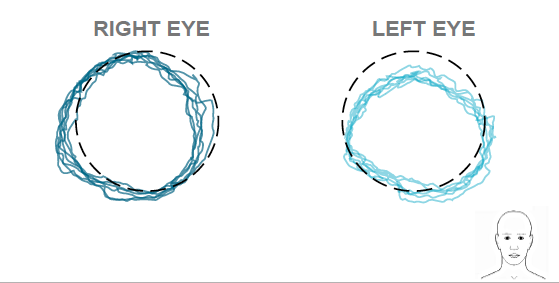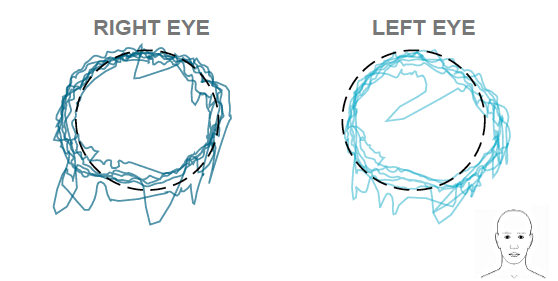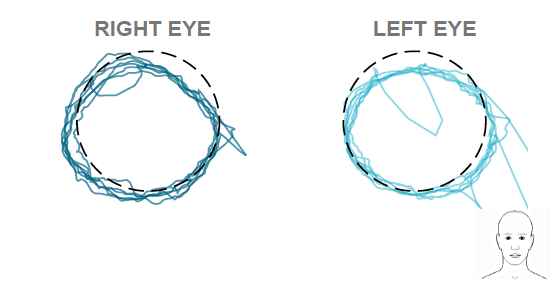Baseline testing is used to assess an athlete in the pre-season, both to measure their performance as well as set a benchmark for their overall health and functionality. If the athlete is injured, a baseline illustrates what their "normal" was pre-injury, and helps set a goal for recovery.
Getting a baseline RightEye assessment can be invaluable for recovery. Take it from Dr. Charles Shidlofsky, O.D., FCOVD, who shared this story of a hockey player he treated:
I had a professional hockey player referred to my office. He had a recent concussion and was almost released back to play until the Neuropsychologist noticed that his eye movements were "funky," and sent him to me for evaluation. Thankfully, I had administered RightEye assessments for this team prior to the season, so I was able to review this player's baseline report before evaluating him post-concussion.
When we tested him during his post-concussion visit, we saw a significant reduction in his EyeQ score and overall results post-concussion compared to his baseline. We recommended 10 sessions of vision rehabilitation and then re-tested him, roughly a month post-concussion. His post-therapy EyeQ score was actually higher than his baseline EyeQ score, and he was able to return to play with his improved vision skills.
Below are the Circular Smooth Pursuit results for this player's baseline, post-concussion, and post-therapy tests. Note the alignment of the left eye in the baseline and post-therapy tests compared to the concussion test. When you have a baseline assessment, you have a much clearer picture of what recovery looks like for an individual, making the road to recovery (and return to play) more straightforward.


